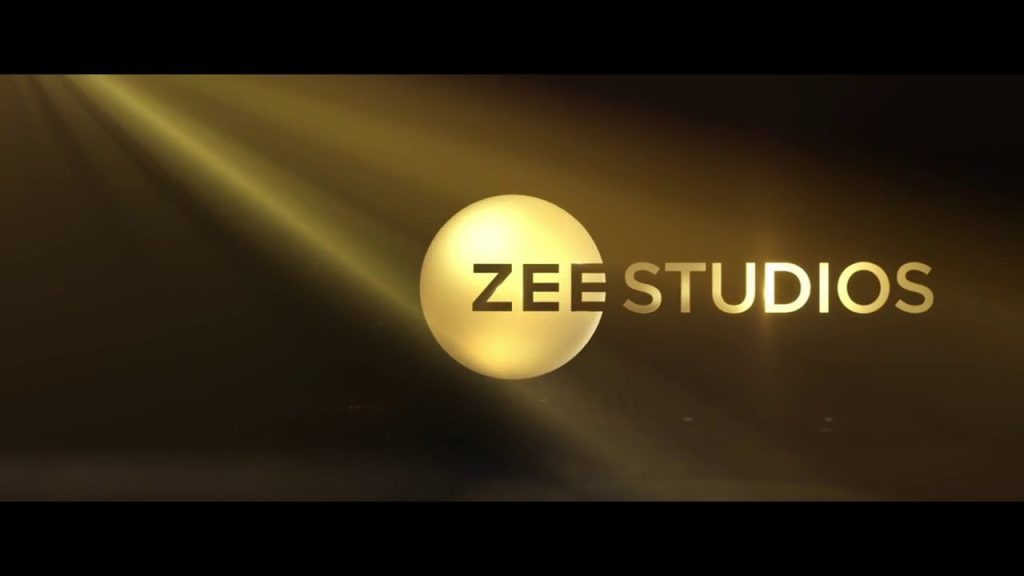Social media and trade circles are agog with stories about how Salman Khan and Zee have fudged the figures of viewership to suit their narrative that Radhe has done well on the digital platforms (ZeePlex, Zee5, Tata Sky, D2H, Airtel and Dish). A figure of 4.2 million seems too high for those spreading such rumours. But if one closely watches the poster announcing that the film had had 4.2 million views on the first day, there’s an asterisk mark close to the figure. The asterisk mark explains, as a footnote, that the figure is as per industry standards. The industry referred to are the TV and OTT industries.
What are these industry standards? There are various angles to it. For one, how long did a viewer watch the film? Did he continue for 10 minutes and more? Half an hour? One hour? Reportedly, although it is considered as a standard, different OTT platforms have different standards or yardsticks to measure this. Secondly, since an entire family or even friends (besides the family) can see the film by purchasing one ticket in a pay-per-view model, the industry standard also assumes that one ticket is akin to a certain number of persons viewing the film. The number could be four or five. Hence, 4.2 million views in no way means that 4.2 million tickets of Radhe were sold. Probably, tickets equal to one fourth (1.05 million) or one-fifth (0.84 million) of that number were sold on day 1. Also, in all probability, more than 4.2 million people watched the film on the first day because that (4.2 million) is the bare minimum number. Nobody, not even Zee, can arrive at the exact or even near-exact number.

The trade went into overdrive in calculating the revenues accrued to Zee no sooner was the ‘4.2 million views’ poster released on social media. And the same over-excited trade people jumped to the conclusion that the first day’s revenue of Zee was Rs. 100 crore. While the pro-film trade wallahs rejoiced, the anti-film lobby scoffed at the figure of Rs. 100 crore. Of course, both were rejoicing/scoffing at a non-existent phenomenon. Did Zee say that it had earned a revenue of Rs. 100 crore on the first day? Not at all! It fairly and squarely said that the film had garnered 4.2 million views. Not just that, it also clearly stated what the figure meant. If the trade did not stop to ponder and, therefore, in its haste, interpreted the figure incorrectly, whose fault is it?
Frankly, it is not easy to arrive at the first day’s revenue for the following reasons: broadly speaking, there were three types of viewers — those who spent Rs. 249 per ticket and watched the film; those who paid Rs. 499 and not only watched the film but also obtained an annual subscription of Zee5; those who watched the film on a DTH platform rather than on Zee’s ZeePlex or Zee5. The third category would have to be considered separately because the revenue which accrued to each of the DTH platforms would belong to that platform, out of which the concerned platform would share a portion with Zee. In the former two cases, the entire revenue (of Rs. 249 or Rs. 499) would belong to Zee but in the third case, only a percentage of the revenue collected by the DTH platform would come to Zee. Even in the first two cases, the apportionment of the revenue would be different because while the entire money would go towards Radhe in the case of the Rs. 249 ticket, what Zee would apportion to Radhe in the case of Rs. 499 (for the film plus annual subscription) per transaction is for the group to decide.
The gist of the matter is that all that Zee has announced are the first day’s viewership figures. Unfortunately, there are no box-office figures to assess the success of the film in the traditional style which the trade is so used to, as cinemas across the country are shut. In the entire country, Radhe was released in just three cinemas of Tripura on 13th May. They belong to the SSR group of cinemas and are SSR Rupasi (Agartala), Balaka Audi (Agartala) and SSR Cinemas (Dharmanagar). Of course, three cinemas is too tiny a sample size to arrive at any kind of conclusion, but there is just no option. The box-office collections on the first day in the three aforementioned cinemas were quite low because, according to owner Satadeep Saha, “it was an odd-day release, the current mood of the people is not conducive to frequenting cinemas, and we did not go in overdrive with the film’s promotion because we did not feel like exhorting people to come to the cinemas in these trying times.” However, collections doubled on the second day. Today (May 15, which is the third day), collections in the early shows are as good as on day 2.”
How much revenue Zee has recovered from exploitation of the film’s audio rights, how much it has apportioned as revenue from the film’s satellite rights, how much share it will generate from Overseas — all these will be added to Zee’s earnings kitty. Additionally, it has made money from sponsors/co-sponsors and ads. That would also go in the revenue kitty. To break even, it needs to recover the balance of the total investment (the price it paid Salman Khan for the all-world rights of the film) from OTT and DTH platforms. If it’s still a long journey for Zee to break even and, perhaps, make a profit in the long run, it’s an equally long journey before Zee itself, as a group, can calculate its total revenues from Radhe. So, the trade would do well to not jump to wild conclusions and then accuse Zee or Salman Khan of faking collections. Both of them haven’t even mentioned the ‘c’ of collections.





























